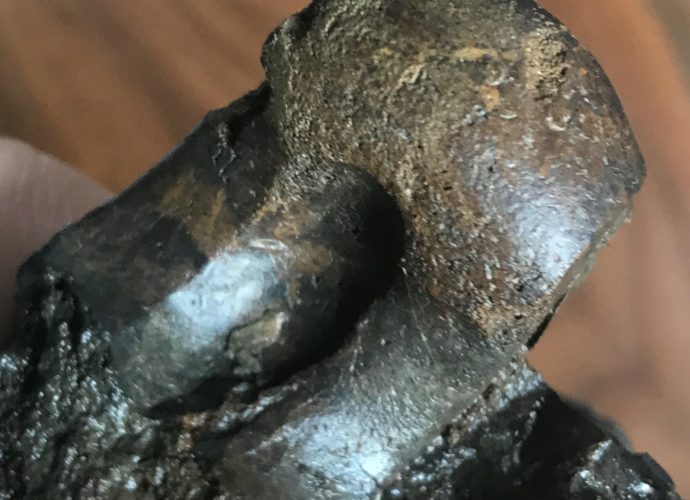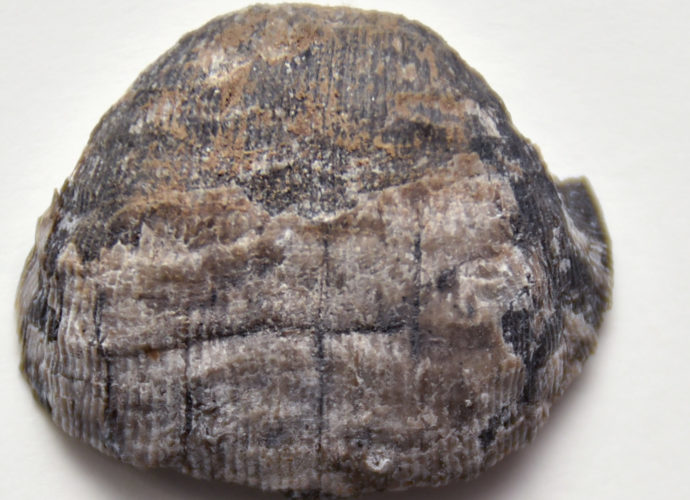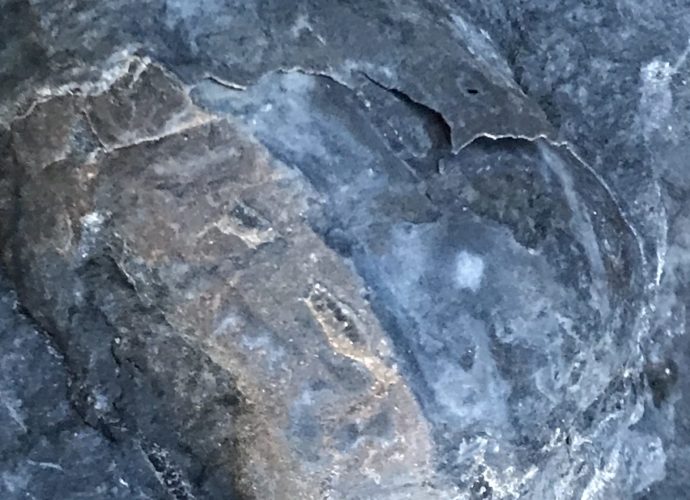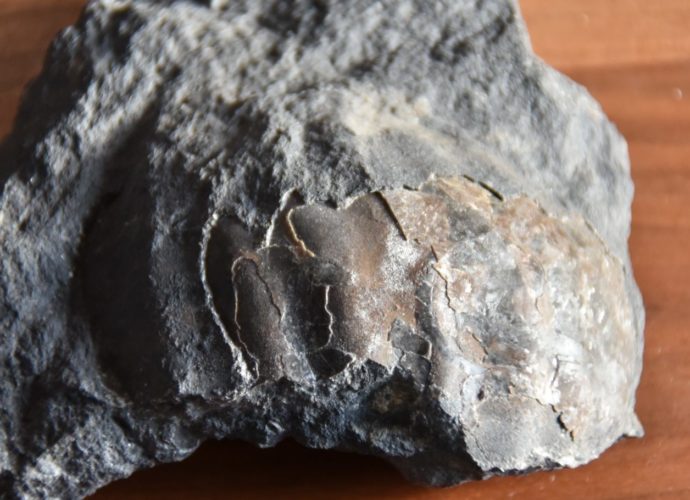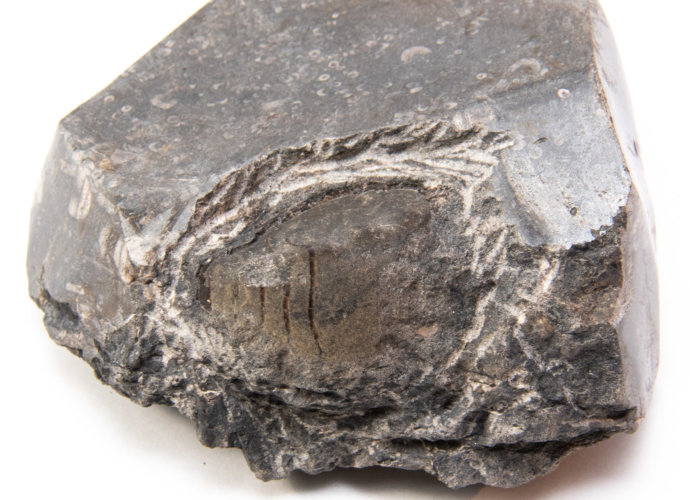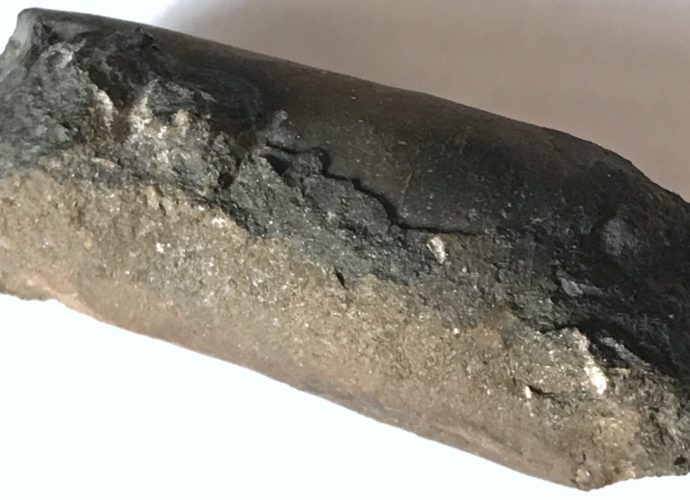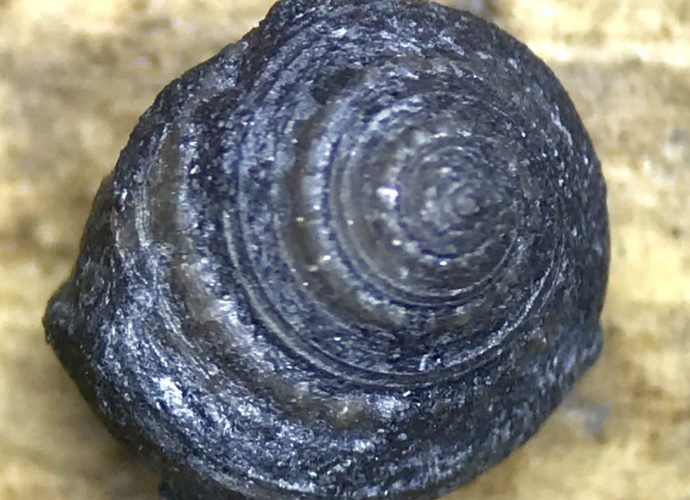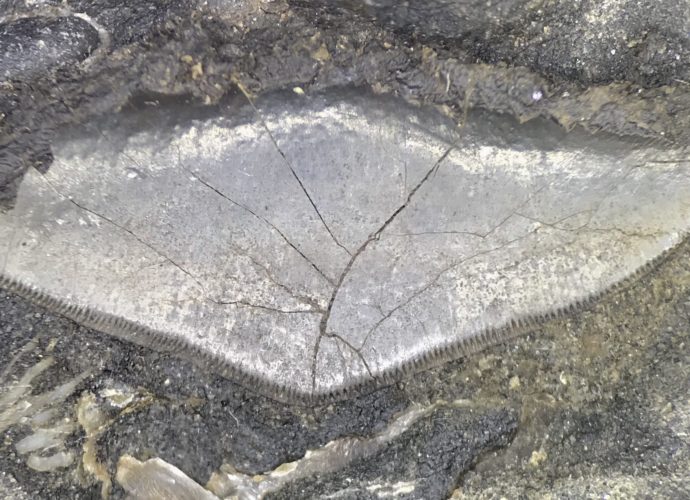Unique Metacoceras Views
I’ve found a large number of Metacoceras locally in Parks Township. Yet I haven’t found one quite like this specimen. Unique to this one, you can see the septal neck openings and the inner whorl channel. I also found a small piece of the next chamber, including the septal openingsRead More →

